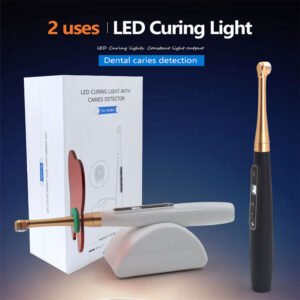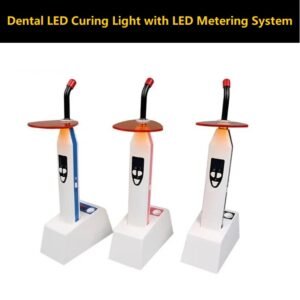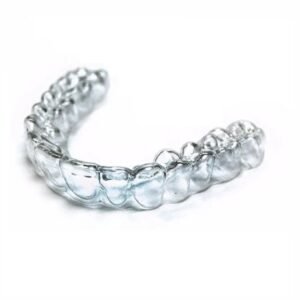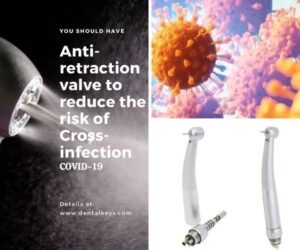The higher the intensity of dental curing light, the better the curing effect?
Dental curing light is a vital tool used to cure composite resin for filling decayed tooth. It intuitively seems that the higher the intensity of dental curing light, the better the curing effect. But in fact, that’s not exact.
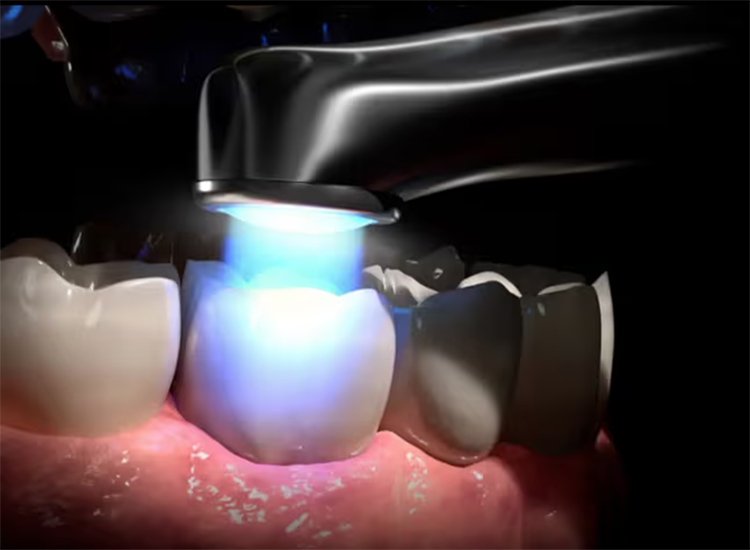
There is research that shows that at a depth of 2 mm an increase in light intensity produced a significant increase in Vickers Hardness. Howiver, beyond 2 mm depth the increased light intensity did not produce a significant increase in Vickers Hardness. In addition, higher intensity curing leads to a degree of material shrinkage and stress , which can lead to secondary caries.
Usually, the curing process takes only a few seconds, but high intensity light may still cause tissue damage – to dental professionals as well as patients. Exposure to high levels of blue light can immediately burn dentist’s retina, while a temperature increase in the restorative material generated by high intensity curing may cause patient discomfort and pulp damage.
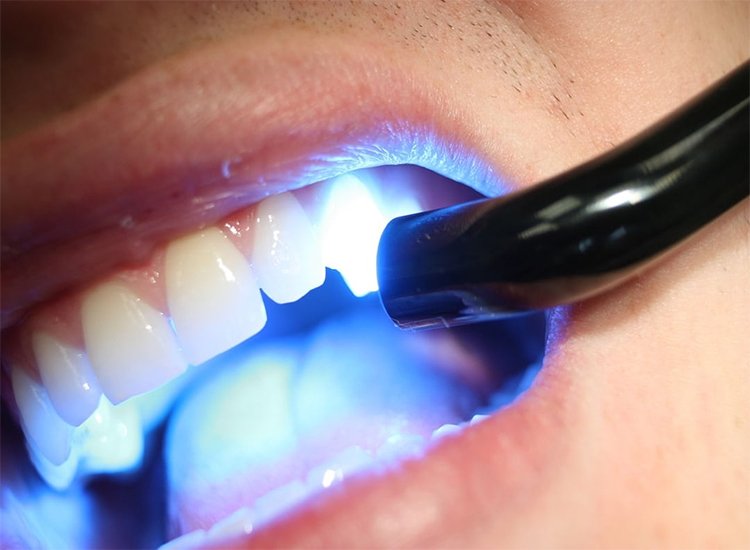
Therefore, the intensity of the curing lights currently on the market is limited to a certain range and designed in several modes to match different composite resin.
Several other Factors Affecting Curing
It is very important to note that wavelength not compatible with light-cured materials can’t make the curing light to achieve the best curing effect,even if the light intensity is appropriate. Molecules called photoinitiators contained in composite resin generate free radicals when they absorb light of a specific wavelength. The free radicals interact with the resin monomers to change their chemical bonds,so that they can link to each other. This chemical processes convert individual resin monomer units into connected polymer chains, thereby decreasing the viscosity of the resin material until it becomes solid. Lights of a specific wavelength keep photoinitiators releasing more free radicals in the process to help the conversion continue throughout the material. So it must receive the required amount of light energy at the proper wavelength (i.e., the wavelength of the photoinitiator) to facilitate optimal curing.
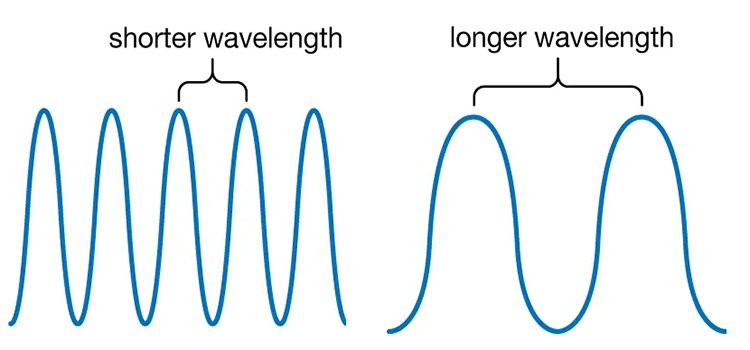
Besides intensity and wavelengths, the degree of curing is affected by several other factors, such as the composition and depth of the restorative material, the distance and angle of the light to the composite, and the time of exposure.So choosing the right light for the right material is critical to success.
Some Tips for Curing Light Selecting and Using
The development of dental curing light has gone from ultraviolet light, halogen light to led light now. As a dental product supplier with 12 years of experience, Dentalkeys has been providing quality dental led curing lights. Our curing lights perform at the range of 385-515nm wavelength. So, it can be regarded as a broad spectrum led curing light. With such a broad wavelength, it can relatively cure more resin materials than normal curing light. And our led curing light also gets an upgrade in the light intensity, which is range from 1200 to 2200mw/cm2 and designed in several modes . This range of blue light intensity has shorten curing time and avoided overheating. There are also multiple features to choose, such as wireless or wired,led metering system, caries detecting,etc. Also,our products are ergonomic and have ability to access all areas in the oral cavity. Therefore, our led curing light is the ideal dental equipment for orthodontic bracket bonding, porcelain veneer bonding, and aesthetic resin filling and restoration. You are more than welcomed to contact with us! We go above and beyond to ensure that you are going to be completely satisfied with your procurement.
In addition to choosing the right curing light, the method of use is also very important to achieve the best curing effect. Here are some tips for curing-light use:
·Prepare light for use, inspect including measure intensity of emitted light, confirm correct settings for intended use.
·Place the composite at a maximum thickness of 2 mm increments.
·Angle the light directly onto the tooth, ensure it’s properly placed before turning on the light and minimum tissue damage, avoid allowing the light to hit gingival tissue or exposed pulp, maintain position while curing.
·Allow 2 seconds between cures to let the composite rest.
·Clean and disinfect light followding light instructions.




